Latin America: Building bridges between social and productive inclusion policies
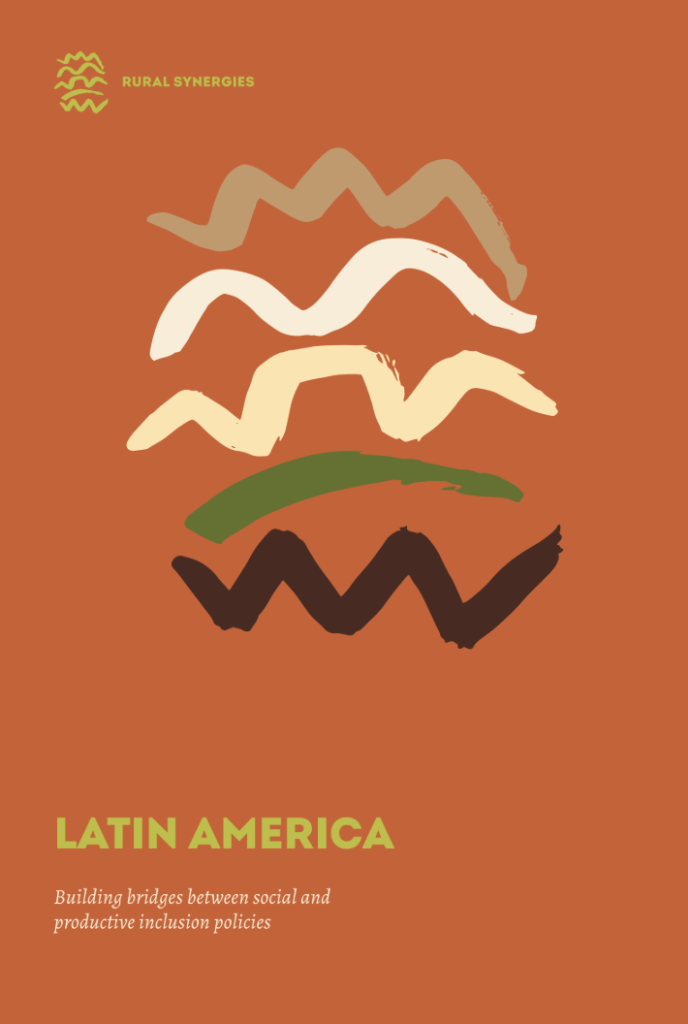
Coordination between social protection and rural productive development programmes in three Latin American countries. Proposals to harness the potential of synergies
Análisis Institucional: Tendiendo puentes entre políticas sociales y de inclusión productiva
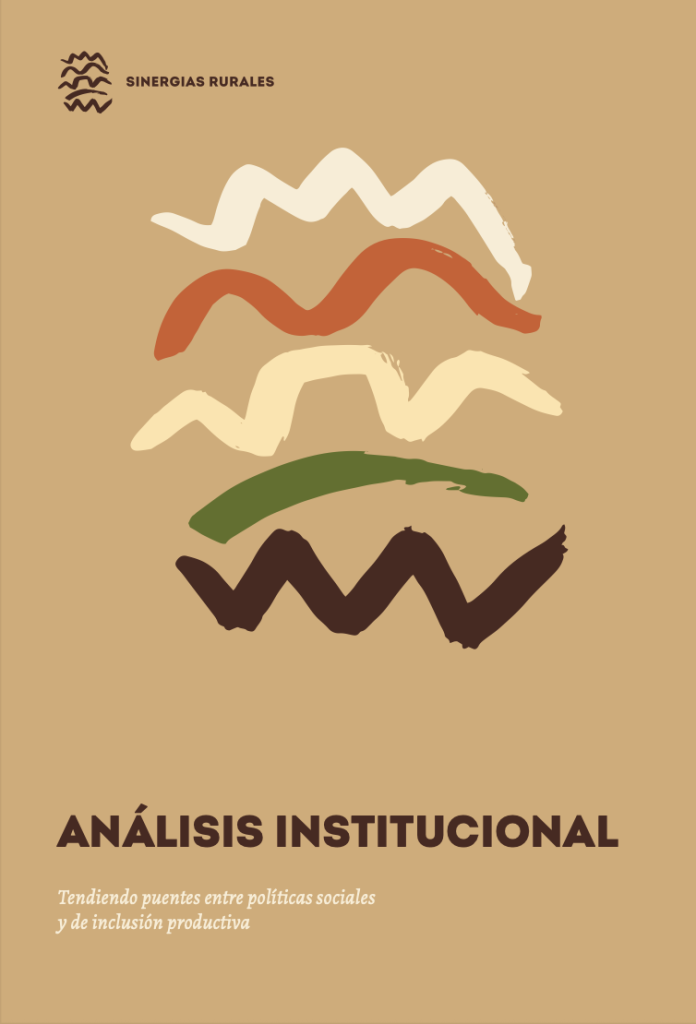
Este documento presenta los resultados del análisis institucional que se realizó en Colombia, México, Perú, Etiopía, Lesoto y Malí, con el propósito de analizar los mecanismos institucionales, formales e informales, que aportan a la efectividad de la articulación entre programas y/o componentes de protección social y desarrollo productivo rural. El documento describe los casos analizados, los aspectos comunes de estas experiencias en términos de articulación y recomendaciones.
Evaluaciones de Impacto: Tendiendo puentes entre políticas sociales y de inclusión productiva
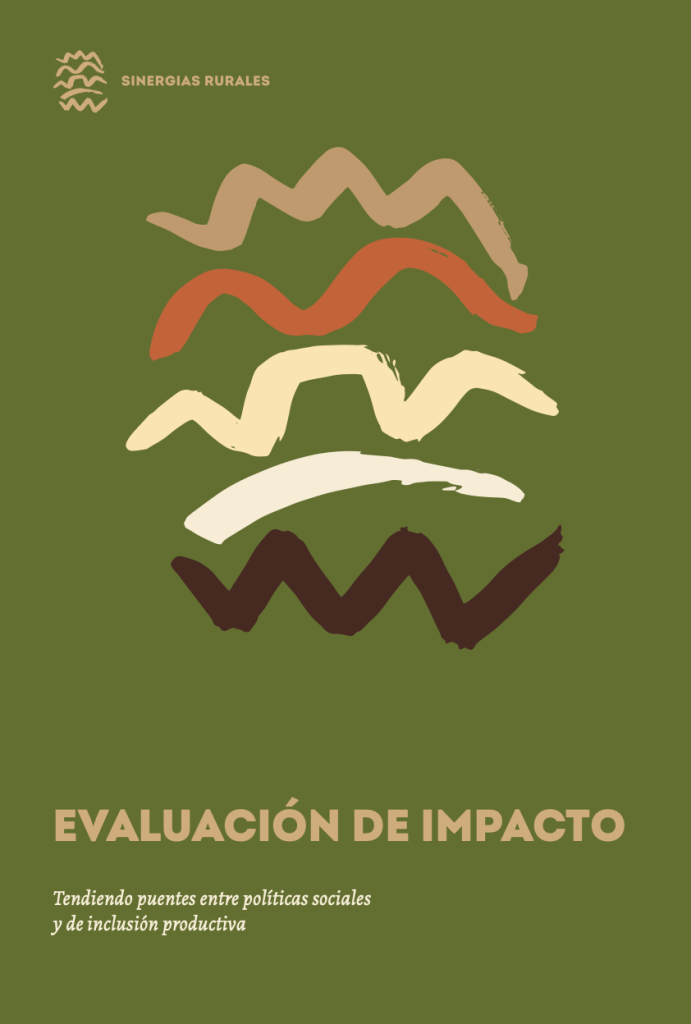
En este documento se realiza una síntesis de los principales resultados de las evaluaciones de impacto
implementadas en seis países del estudio: Colombia,Perú, Malí, Zambia, Lesoto y Etiopía.
Institutional analysis: Building bridges between social and productive inclusion policies
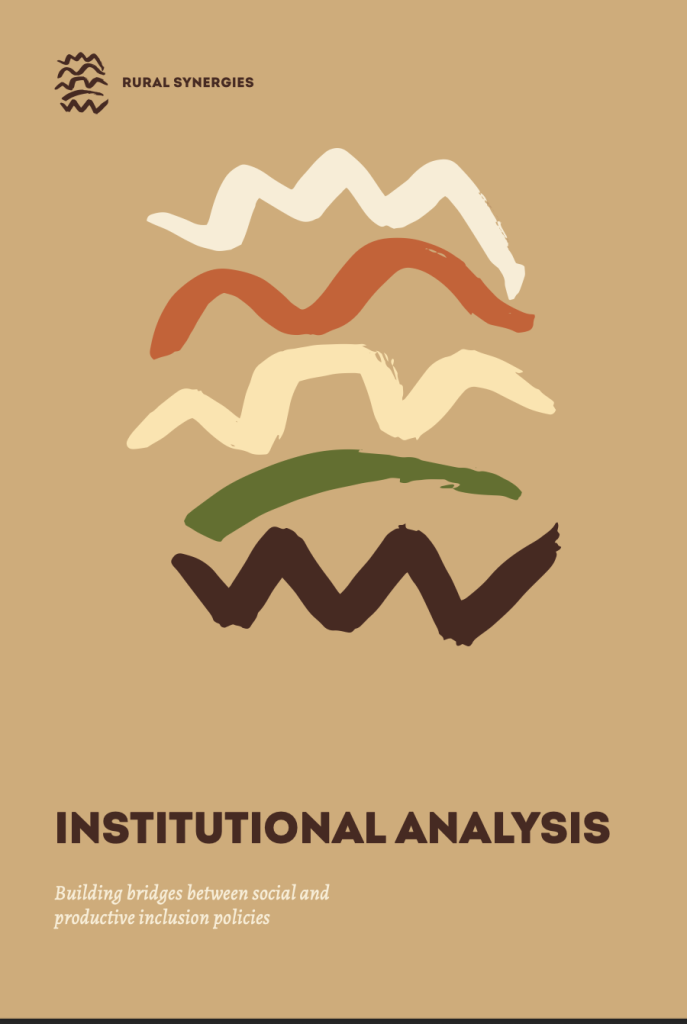
This document presents the results of the
institutional analysis that was carried out in Colombia, Mexico, Peru, Ethiopia, Lesotho and Mali, with the purpose of analysing the institutional, formal and informal mechanisms that contribute to the effectiveness of the coordination between programmes and/or components of social protection and rural productive development.
Impact Evaluations: Building bridges between social and productive inclusion policies
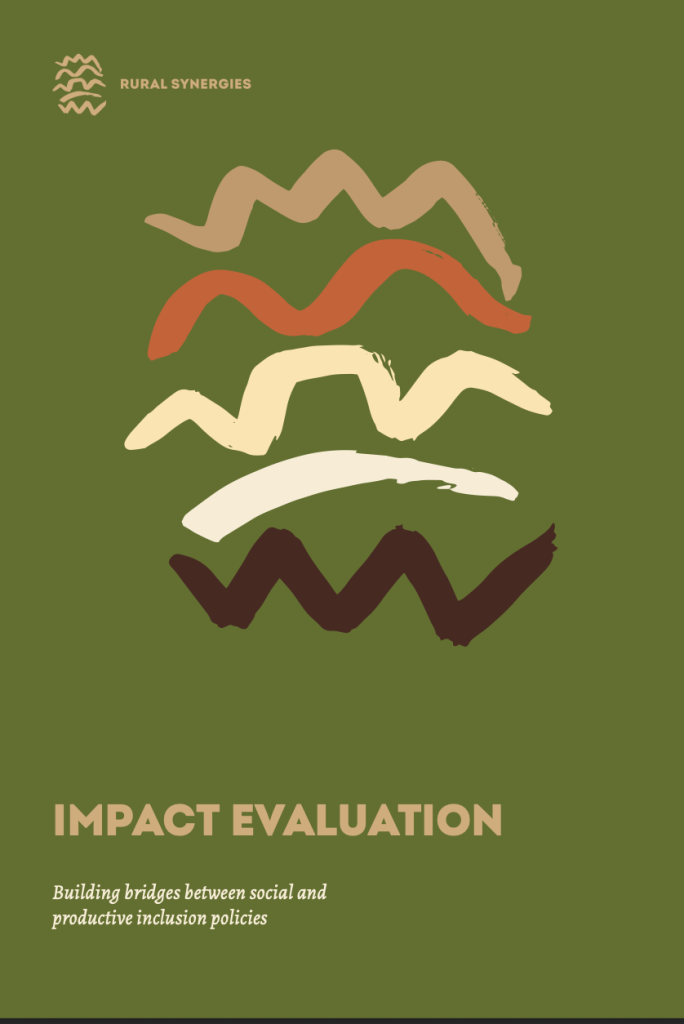
This document summarises the main results of the impact evaluations implemented in the six countries included in this study: colombia, ethiopia, lesotho, mali, peru and zambia
Ethiopia: Building bridges between social and productive inclusion policies
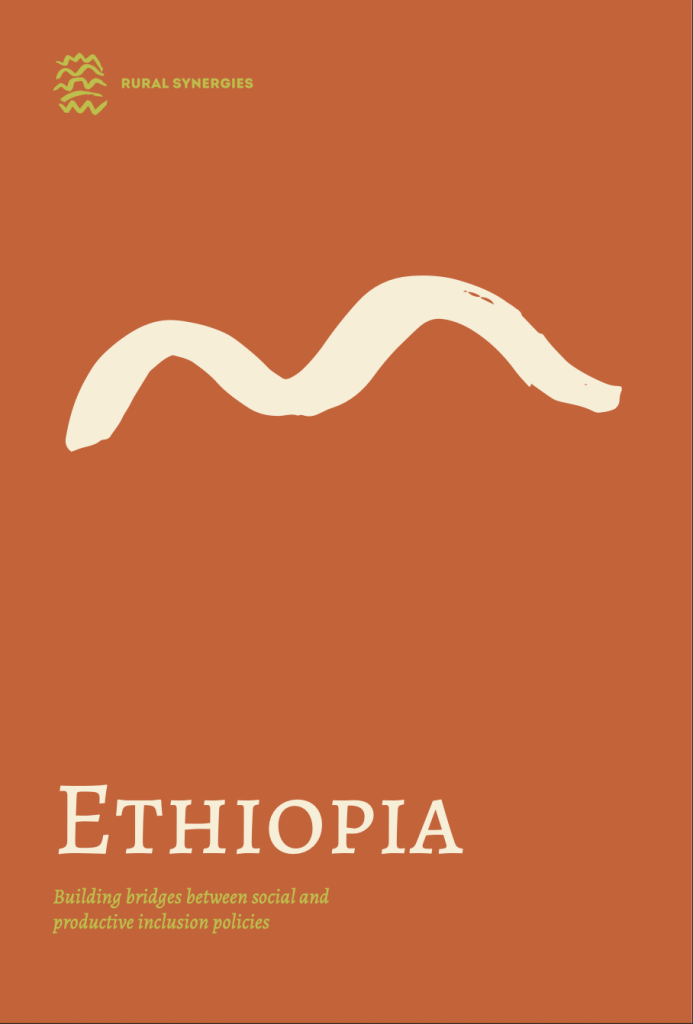
Ethiopia has a land area of 1.1 million km2 and a population of more than 100 million. Its economy is largely based on agriculture, which employs two
thirds of the population and accounts for about one third (31.2 percent) of its gdp (world development indicators). Most of the agricultural sector is based on smallholder farmers, who produce about 94
percent of the country’s food crops and 98 percent of the coffee. A sizeable proportion of the rural population depends on social protection to bridge the food gap arising from recurrent drought and other shocks. This implies that both social protection and agriculture are important sectors to address food insecurity and poverty in rural ethiopia. They should therefore be planned and implemented in an integrated and coherent manner.
Zambia: Building bridges between social and productive inclusion policies
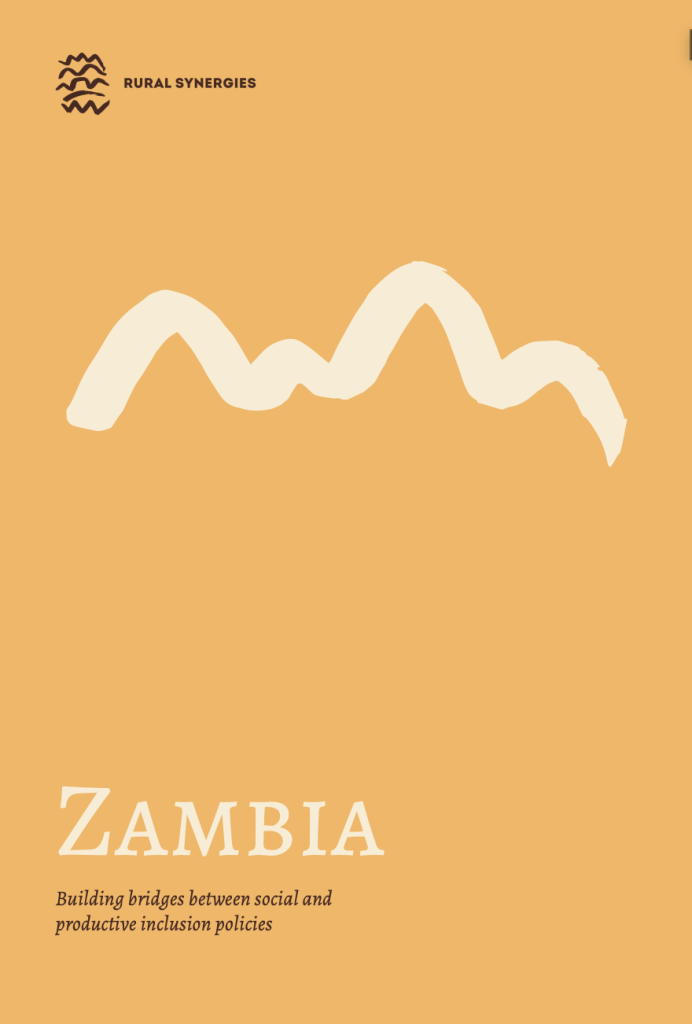
Zambia enjoyed strong economic growth between 2004 and 2014, which benefited small segments of the
urban population. Because growth was accompanied by increased inequality, its effects on poverty reduction were limited. In 2015, 58 percent of zambians were below the international poverty line of $1.90 per day and three quarters of the poor lived in rural areas. To contain
inequality, bring people out of poverty and improve the lives of the most vulnerable, the government of zambia
committed to expand social protection expenditure
in the 2019 budget by 18 percent from the previous year, following a series of consecutive expansions of this
sector. Nevertheless, in 2019 zambia still spent only 0.7 percent of the country’s gdp on social protection,
lagging behind the regional average.
Mali: Building bridges between social and productive inclusion policies
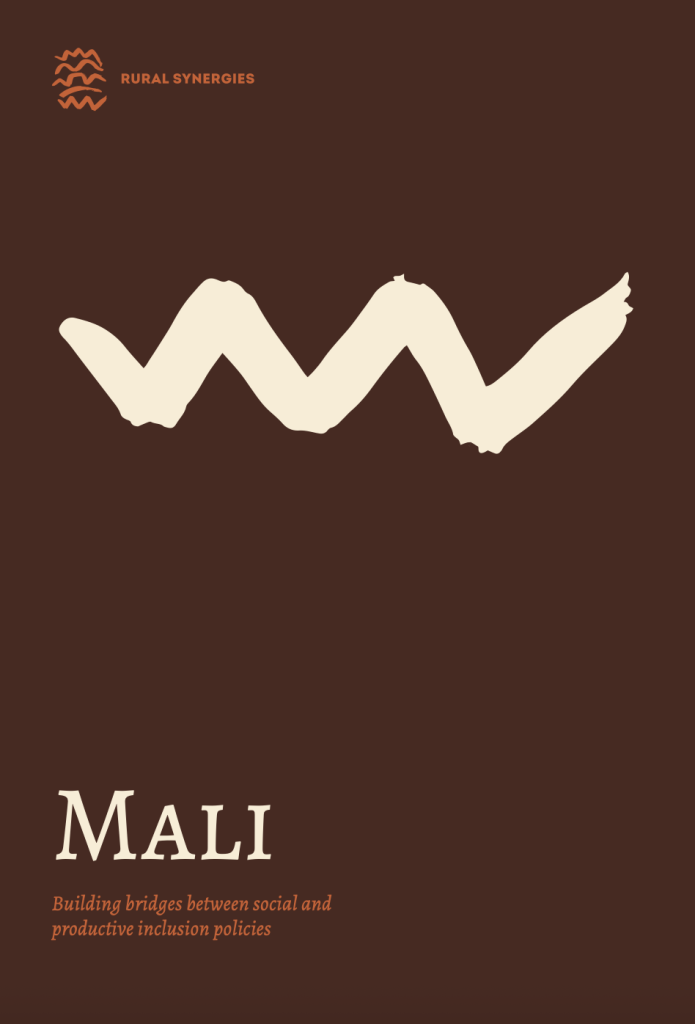
In 2015-2017, fao’s resilience, emergency and rehabilitation office for west africa implemented the project productive safety nets as a tool to reinforce the resilience in the sahel (hereinafter referred to as the cash+ project) in mali and mauritania. The project’s primary objective was to offer a response to the critical humanitarian situation in many parts of the sahel, where around four and a half million people face recurrent food and nutrition crises. At the time of the project, this situation was caused by the late start of the rainy season, meagre crop harvests, armed conflict, low pastoral production and the residual effects of the ebola outbreak. In mali, the intervention was carried out in the nioro du sahel circle, in the region of kayes. It originated from the ongoing quest by the malian authorities for greater food and nutrition security for the population, in a country that often suffers food shortages. The 2015 early hunger period could have exacerbated the deteriorating livelihoods of very poor households if no measures had been taken. There was clearly an urgent need to help vulnerable populations better absorb and withstand shocks by responding to early warning signals.
Lesotho: Building bridges between social and productive inclusion policies
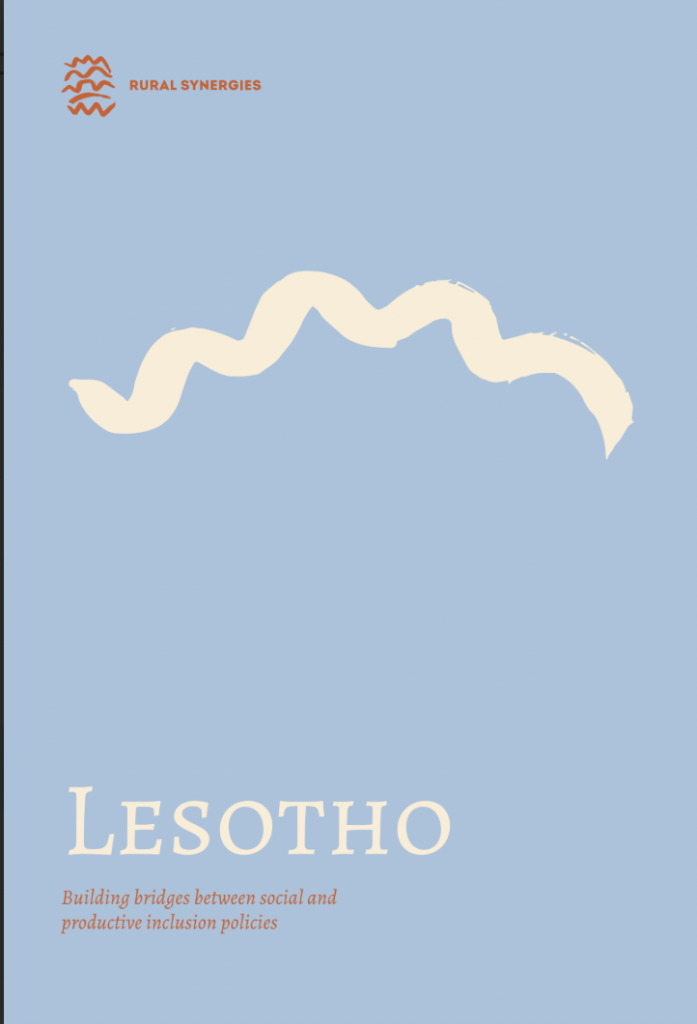
Lesotho has demonstrated strong commitment towards
addressing poverty and vulnerability through social
protection. In 2017-18, lesotho’s social assistance
expenditure was 5.7% of its gdp, compared to about 1 to
2% in most other developing countries. A concerted
effort has been taken to implement a comprehensive
and coherent social protection strategy. The ministry
of social development (mosd), created in 2012, has been
leading this effort. The national social protection
strategy of 2015 aims to operationalize a set of
programmes, operated by various ministries, that seek
to reduce vulnerabilities across the life course of
individuals. Despite these attempts, intersectoral
coordination remains a challenge. In fact, the bulk
of social assistance expenditure and coverage sits
outside the ministry’s purview: more than 80% of the
government’s social assistance spending go to the
old age pension, managed by the ministry of finance,
a tertiary bursary programme implemented by the
ministry of development planning, and the national
school feeding programme managed by the ministry of
education and training.
Perú: Tendiendo puentes entre políticas sociales y de inclusión productiva
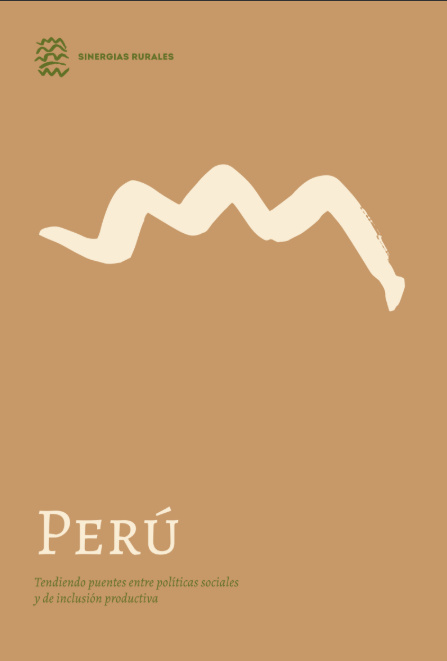
A continuación, se presenta un resumen de los resultados de la evaluación de impacto del programa proyectos productivos (ppp), de la unidad de restitución de tierras (urt), que considera un componente cuantitativo y otro cualitativo, así
como de un análisis institucional que indaga en la
arquitectura institucional de este programa y otros relacionados, para la atención a víctimas del conflicto armado en Colombia.
El documento describe el programa analizado junto a la teoría del cambio que lo sustenta. Además, presenta los principales resultados de la evaluación de impacto y del análisis institucional, los que sustentan las sugerencias para mejorar el potencial de articulación entre el proyecto y el conjunto de la oferta dirigida a hogares víctimas de desplazamiento. Al final del documento, se encuentra una ficha técnica que detalla los aspectos metodológicos del estudio.